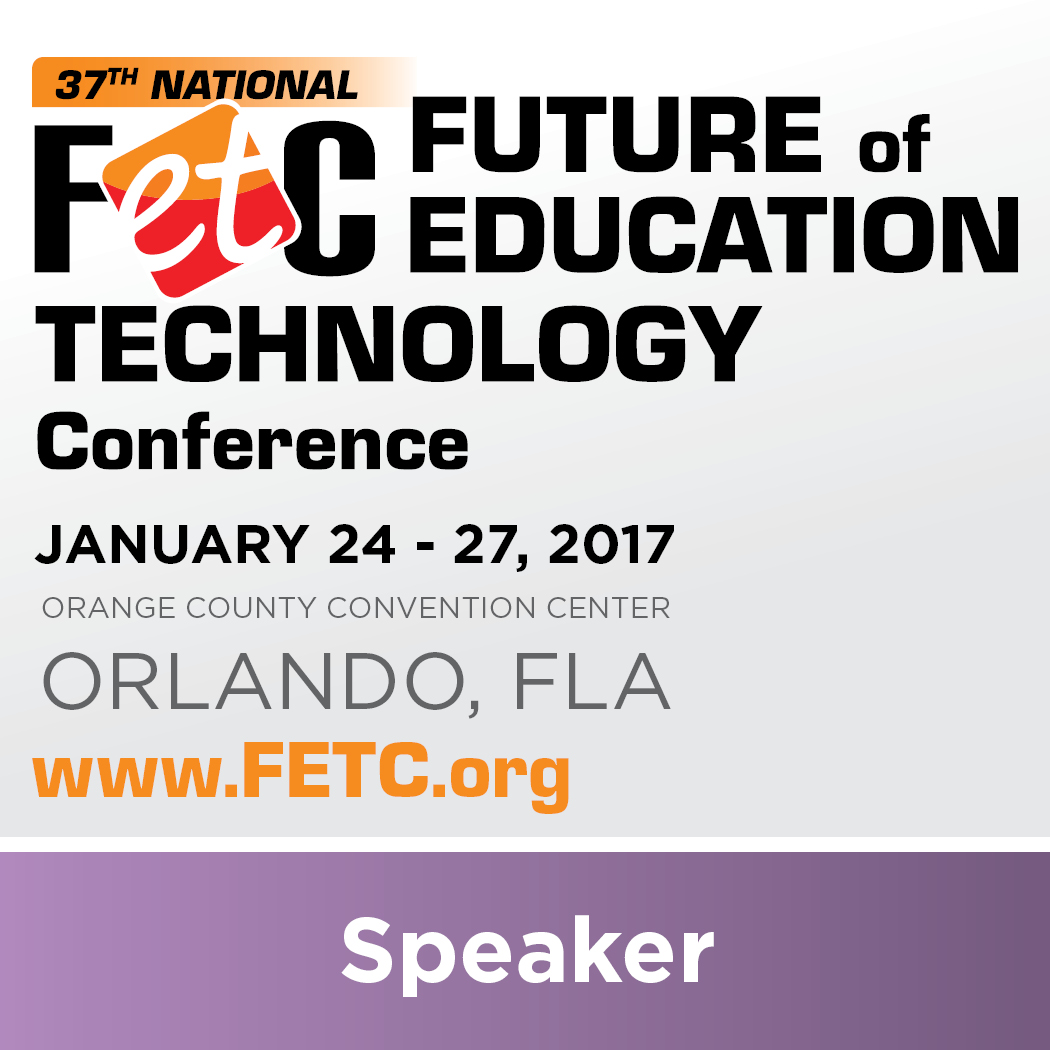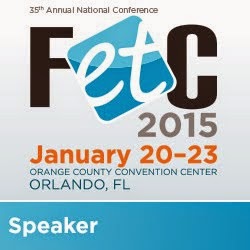There are online tools out there for teachers to use, including KaHoot, NearPod, Socrative, The Answer Pad, and Plickers. Even though each one can be used to assess students throughout a lesson, they each have a uniqueness about them.
Last week, we explored KaHoot and NearPod. You can find that post here. This week, we are going to dive into Socrative and Plickers.
| www.plickers.com |
Plickers is unlike the other formative assessments tools, because the students do not need a piece of technology to participate. They only need a piece of paper!
To start off, teachers go to the Plickers website, create a free account, and create classes. You only need the student's first and last name to create the student accounts. Once the classes are made, you can print off the cards. These are how the students will answer the multiple choice or true/false questions you ask through out the lesson.
The cards look like QR codes (but they aren't) with a number on each corner. This number matches each student in the class you set up. There is also an A, B, C, D on each side. When a student wants to select an answer, they hold the card with the answer pointing upward. The teacher uses the app to capture the cards. As you scan each card, you can see if the students answered correctly or not. You can scan multiple cards at one time, so it is not as time consuming as it might sound. The Plickers app is an iPhone app, but you can download it onto your iPad too.
Plickers does have support materials available for teachers here. You can access my Plickers Quick Guide here.
 |
| www.socrative.com |
Socrative is a formative assessment resource that could also be used for summative and even diagnostic. Teachers can create a free account on Socrative and start using the resource within minutes!
When the teacher account is created, you are assigned a "room number". This is the number the students will use to join the quizzes and activities you create. The students can join using any device with Internet access on the website or using the downloadable student app. Teachers can create "on-the-fly" questions or prepare a quiz for future use. The created quizzes can be teacher-led or student-led. This is where the summative and diagnostic connections come in. Student-led quizzes allow the students to work at their own pace. Questions can be in various formats, including multiple choice, true/false, and short answer. Reports can be accessed in multiple formats as well.
Socrative does have support materials available for teachers here. You can access my Socrative Quick Guide here.
Do you use either one of these resources in your classroom? Share your thoughts with us!










